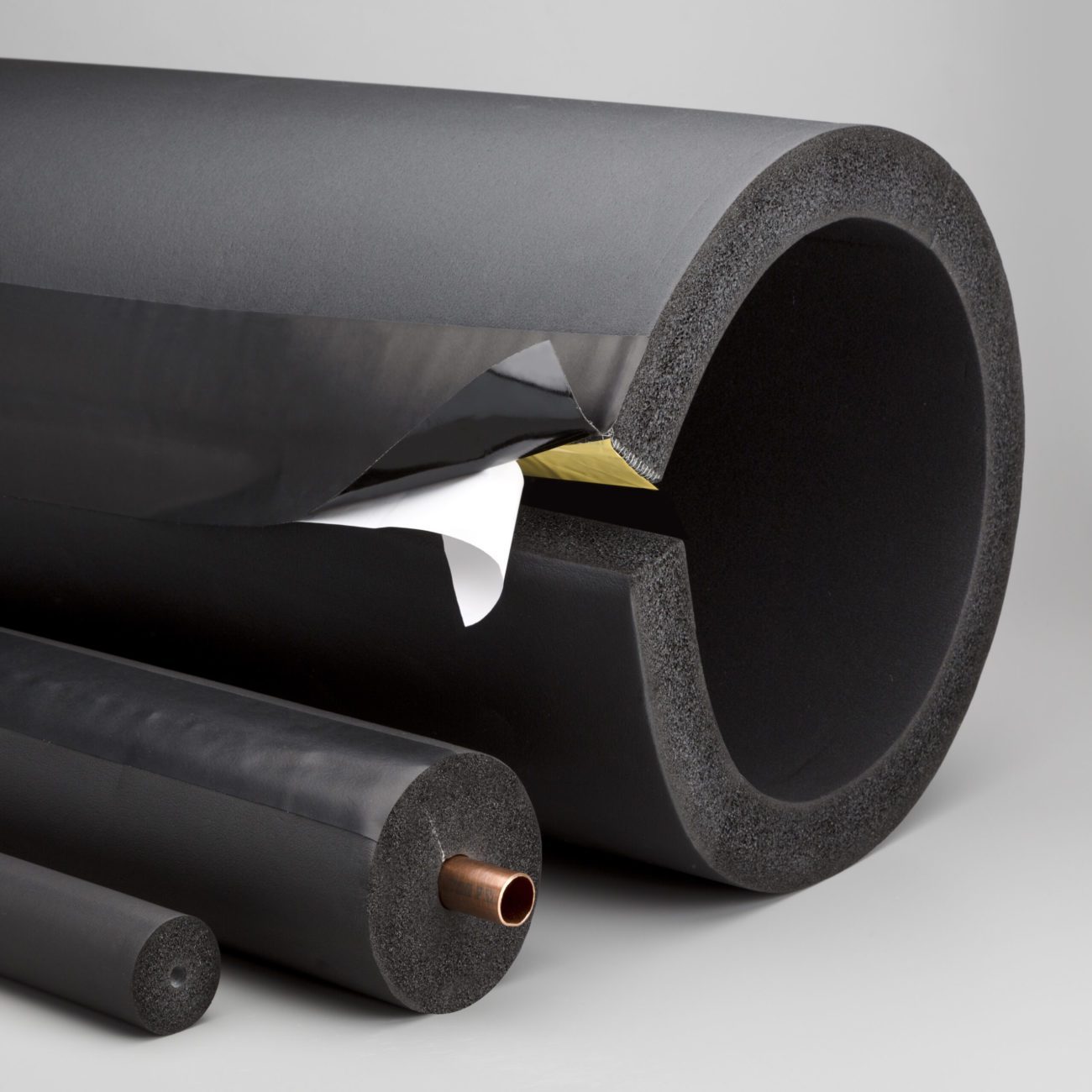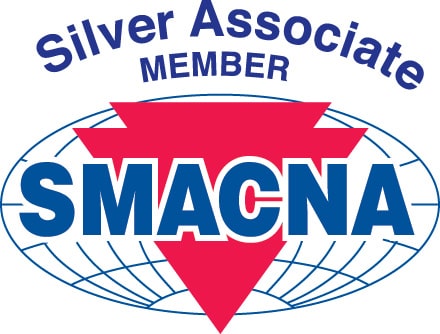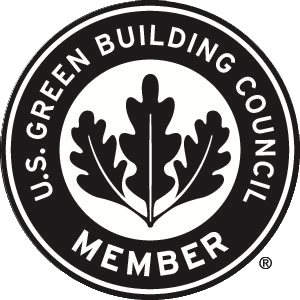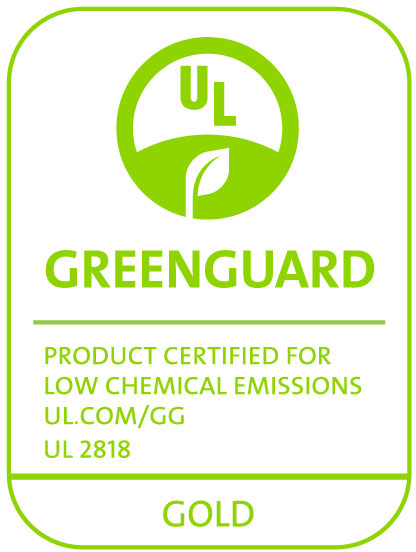The U.S. Energy Information Administration (EIA) estimates that residential and commercial buildings in the United States account for 39% of total energy consumption (2019). Building mechanical systems, such as Heating, Ventilation, and Air Conditioning (HVAC), refrigeration and plumbing systems are designed to deliver thermal comfort, healthy ventilation (indoor air quality – IAQ), and water to building occupants. Think of building mechanical systems like the circulatory system of a building.
The EIA estimates that HVAC systems alone account for 49% of a commercial building’s electricity use. HVAC typically includes (not all-inclusive) steam, hot water, chilled water, and refrigeration systems with piping, ducts, tanks, vessels, and equipment.
The Role of Mechanical Insulation
For cooling systems, national energy codes such as ANSI/American Society of Heating, Refrigerating and Air-conditioning Engineers (ASHRAE)/Illuminating Engineering Society (IES) Standard 90.1, Energy Standard for Buildings Except for Low-rise Residential Buildings, International Energy Conservation Code® (IECC®) and International Green Construction Code® (IgCC®), minimum pipe insulation thicknesses currently range from ½” to 1-½”.
In addition to proper installation, commissioning and a service plan, mechanical insulation plays an important role in managing heat transfer and condensation control for HVAC, refrigeration, and plumbing systems. It’s safe to assume that all building owners desire properly-sized and energy-efficient building mechanical systems. Building owners can realize one of the quickest returns on investment when mechanical insulation is properly designed, installed, and maintained.
Industry-Tested Pipe Insulation
Top concerns with pipe insulation on cold (below-ambient) lines include condensation, corrosion under insulation, UV protection, and mold growth. For mechanical piping systems such as chilled water, refrigeration, and plumbing, closed-cell elastomeric foam pipe insulation is a proven choice due to its closed cell structure and built-in vapor barrier. Closed-cell elastomeric rubber insulation is appropriate for HVAC, refrigeration, and plumbing pipe service temperatures ranging from -297° F to +220°F (Aeroflex @ 257°).
Self-Seal Pipe Insulation
Closed-cell elastomeric pipe insulation is commercially-available in unslit tubes and pre-slit tubes. Unslit tubes slide onto new piping prior to installation while self-seal pipe insulation is installed on existing piping. Pre-slit tubes are commonly called self-seal pipe insulation and/or lap seal. Self-seal tubes are easier to install and save time/labor. They consist of a factory pre-slit 6-foot longitudinal seam with a pressure-sensitive adhesive (PSA or peel and stick) strip along the inside wall with a 2” lap with PSA that is adhered over the seam on the outer wall of the tube.
AEROFLEX® EPDM Self-Seal Pipe Insulation
Aeroflex USA’s AEROFLEX® brand of EPDM self-sealing pipe insulation is hydrophobic, which means that it does not induce or react with water vapor present in its surrounding environment. With the proper insulation thickness installed, as determined by pipe service temperature, pipe type, pipe size, ambient temperature, relative humidity, and jacketing, Aeroflex EPDM will control condensation with its closed-cell structure and built-in vapor retarder.
When all Aeroflex self-seal pipe insulation seams are properly sealed and taped with an Aeroflex adhesive and zero-perm Protape®, pipes will be well-protected from the potential of water vapor permeating the insulation system. In extreme environments where low HVAC piping service temperatures and high ambient temperatures and humidity are factors, a supplemental vapor barrier may be required.
AEROFLEX® EPDM self-sealing pipe insulation is inherently mold-resistant so no biocides are added during the manufacturing process. This type of refrigerant, chilled water, and plumbing pipe insulation will not provide a food or water source for microbes provided that it is kept free of surface dust, debris, and condensation.
Although AEROFLEX® EPDM self-seal pipe insulation is naturally UV-resistant, which means that it degrades at a slower rate than traditional NBR/PVC rubber pipe insulation, national energy codes require that the manufacturer’s protective coating or a jacket be applied for exterior applications to prevent solar radiation degradation.
Regarding the material cost of closed-cell elastomeric insulation for HVAC, refrigeration, chilled water, and plumbing piping, closed-cell elastomeric self-sealing pipe insulation itself is more expensive than traditional fiberglass pipe insulation. However, when protective jacketing is specified and installed with fiberglass, the cost difference is usually negligible.
Building owners can realize a favorable cost of ownership in the long run with closed-cell elastomeric self-seal pipe insulation on their building mechanical systems.
To learn more about AEROFLEX® EPDM Self-Seal pipe insulation, click here.
Source:












